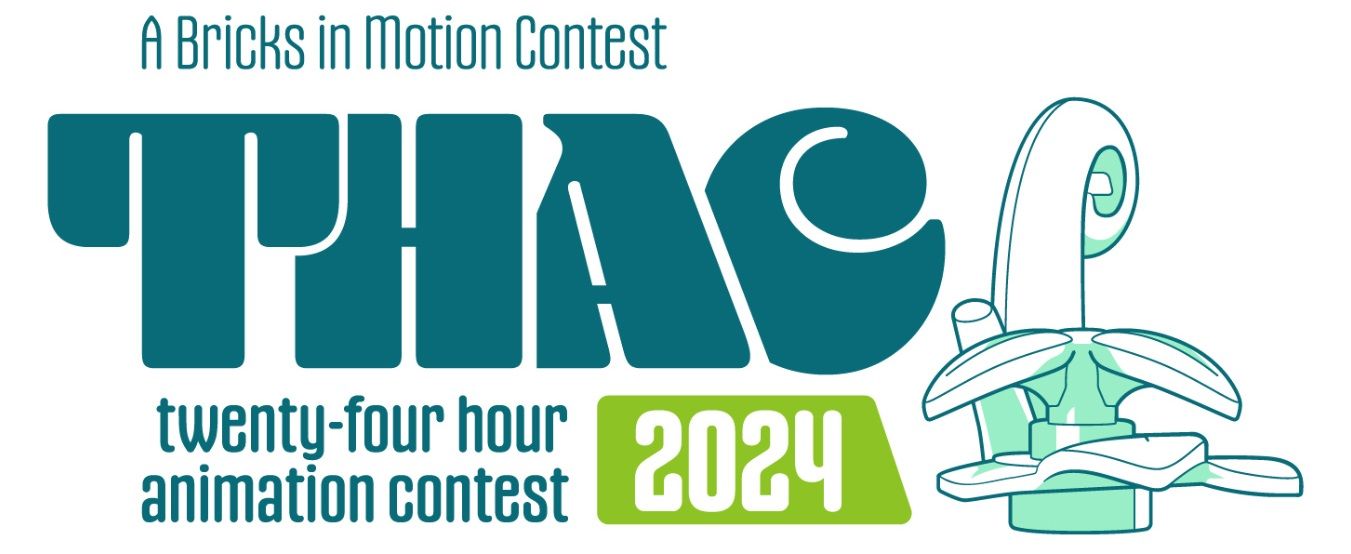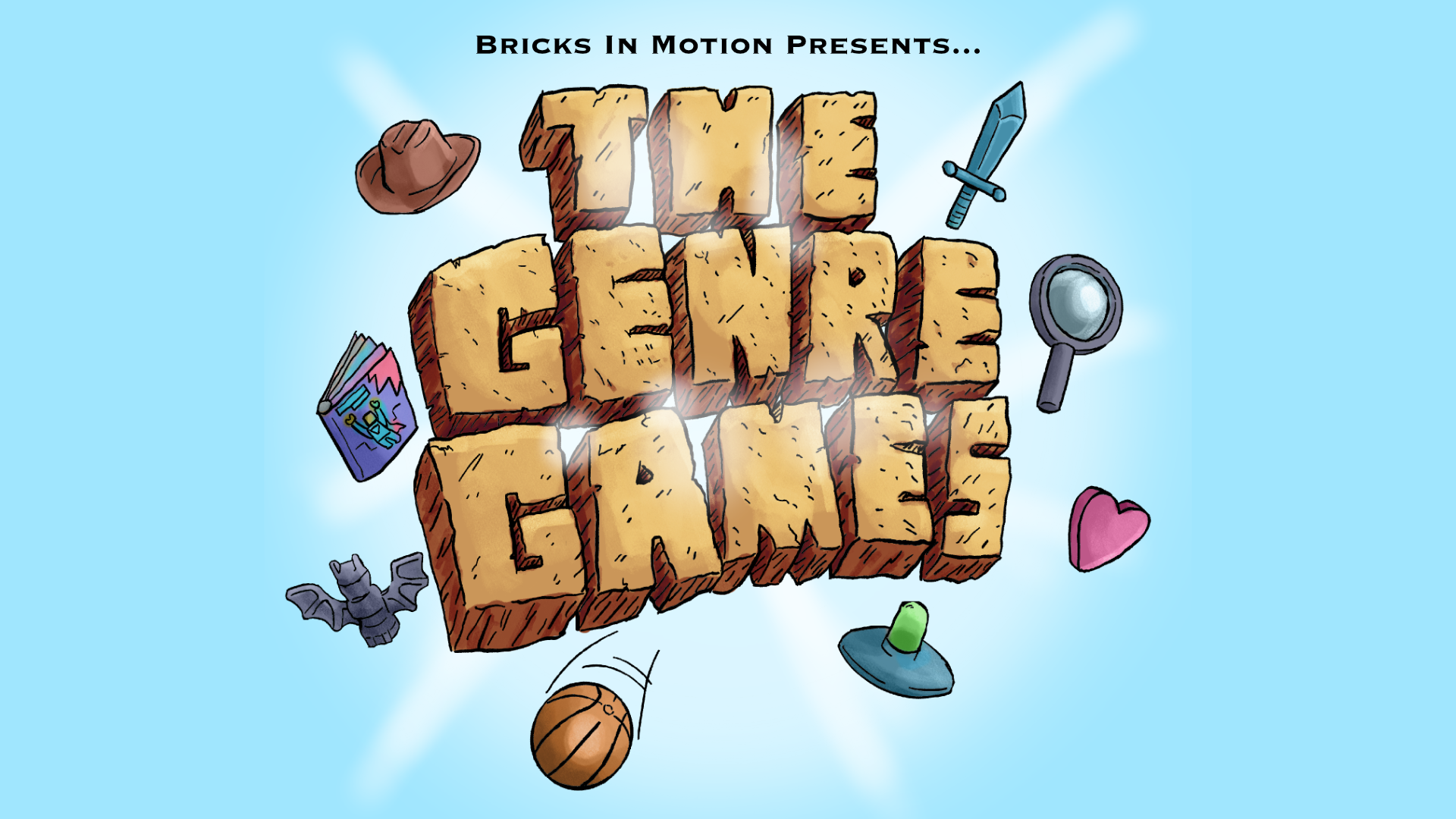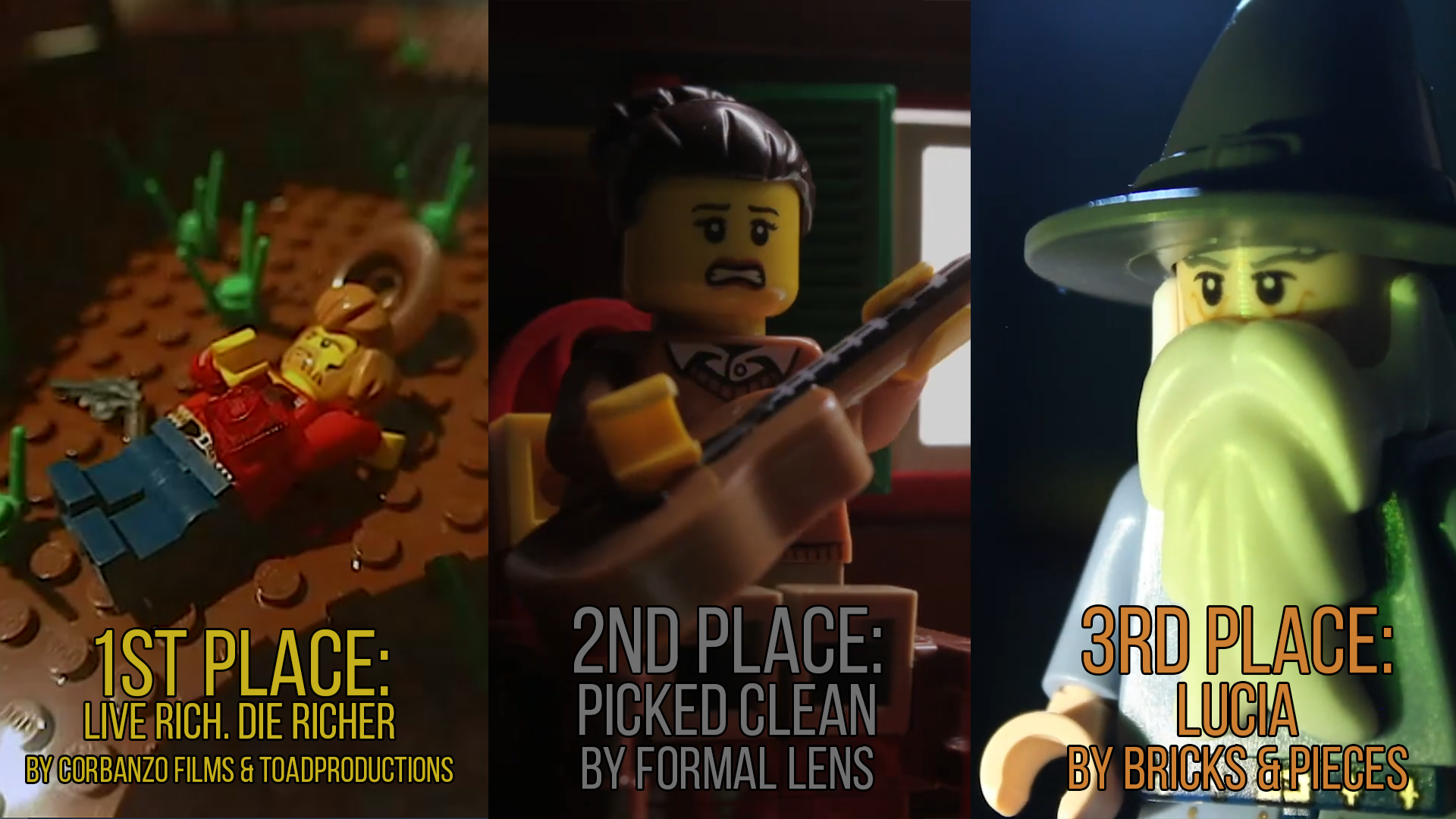Littlebrick wrote:Mosh5256 wrote:Comedy is comedy, as long as it makes people laugh, to me it's good. I don't personally care whether it is visual or just talking.
Yes, but I think the point of this thread is that there's too much of one sort of comedy (dialog, a lot of which isn't very well done), and that we're not utilizing the full spectrum of comedic possibilities.
Exactly, if you aren't interested in utilizing the full range of the animation and cinematic medium you may as well just release a comedy podcast. One of the point's of Tony's video is when you need to communicate something in your film stop and ask yourself if you can do it visually, and if at all possibly you can make a joke out of it?
For example in my upcoming project I need to show that some time has passed, first choice I have is just using a title card, saying 'later that week' or something. Now that isn't very interesting, so I came up with the plan of maybe showing an exterior of the house and showing the sun rising and setting. That is more visually interesting and does tell the viewer the same information without relying on boring exposition, now is there a way I can make that transition funny? Honestly, I don't know, I am still thinking about it. But the very acting of critically thinking about that transition can only help the scene get better.
That is the kind of critical thinking that some of you will take away from this thread, it's not about defending the merits of old films, it's about looking at your unfilmed projects and thinking about how you can make them better.
Nathan Wells wrote:As I've slowly worked on Appetite Lost, I've also been writing a follow-up to Five Years Later which I've increasingly been unhappy with. This discussion made me realize that most of my dissatisfaction came from the bland presentation I was scripting. So I've started over, separated characters, and put them in different locations. I'm already happier with the results.
So for those looking to break old habits, I'd suggest trying putting your characters in different, unfamiliar environments. Part of the problem with my original script was setting the entirety of the film in Alice and Derrick's apartment. The apartment has a place, but it shouldn't be the center of the universe. I think one of the reasons my two favorite Alex and Derrick films are Flashbacks and Five Years Later is I break up scenes of the apartment with different locations. Trying out new locations gives you a great opportunity to try new shots, compositions, and transitions. There's only so many ways I could shoot inside the apartment, and even with it's new Five Years Later look I don't think I could come up with many more interesting shots for it.
Yeah, it's important to remember that even when you are trying to accomplishing non-comedic things that you have an entire spectrum of visual and audio tools beyond dialog and exposition, while those tools have there place building a whole film on them is like trying to build a whole house with a pneumatic nail gun.
I went through a few weeks of animation block after finishing my current set, I realized it was due to the fact of how much dialog it contained and that I was worried it would be really uninteresting, I went through the dialog and focused on adding animation to add to the comedy and worked on framing to give whoever was in control of the scene a more powerful position, just adding movement through the set creating something that was more interesting. If you are worried about boring people with uninteresting visuals just try thinking about how you can using blocking to create visual interest. For instance one character was being aggressive, and I wondered how I could show that visually, I came up with the idea of him jumping up on a table in the middle of a rant he was getting into, this adds some visual comedy which matches the dialog, while also giving him a more powerful position in the framing of the picture and adds some unexpected visual interest to the scene. I feel like that adds a ton, and it certainly the type of thing I need to work harder at.









